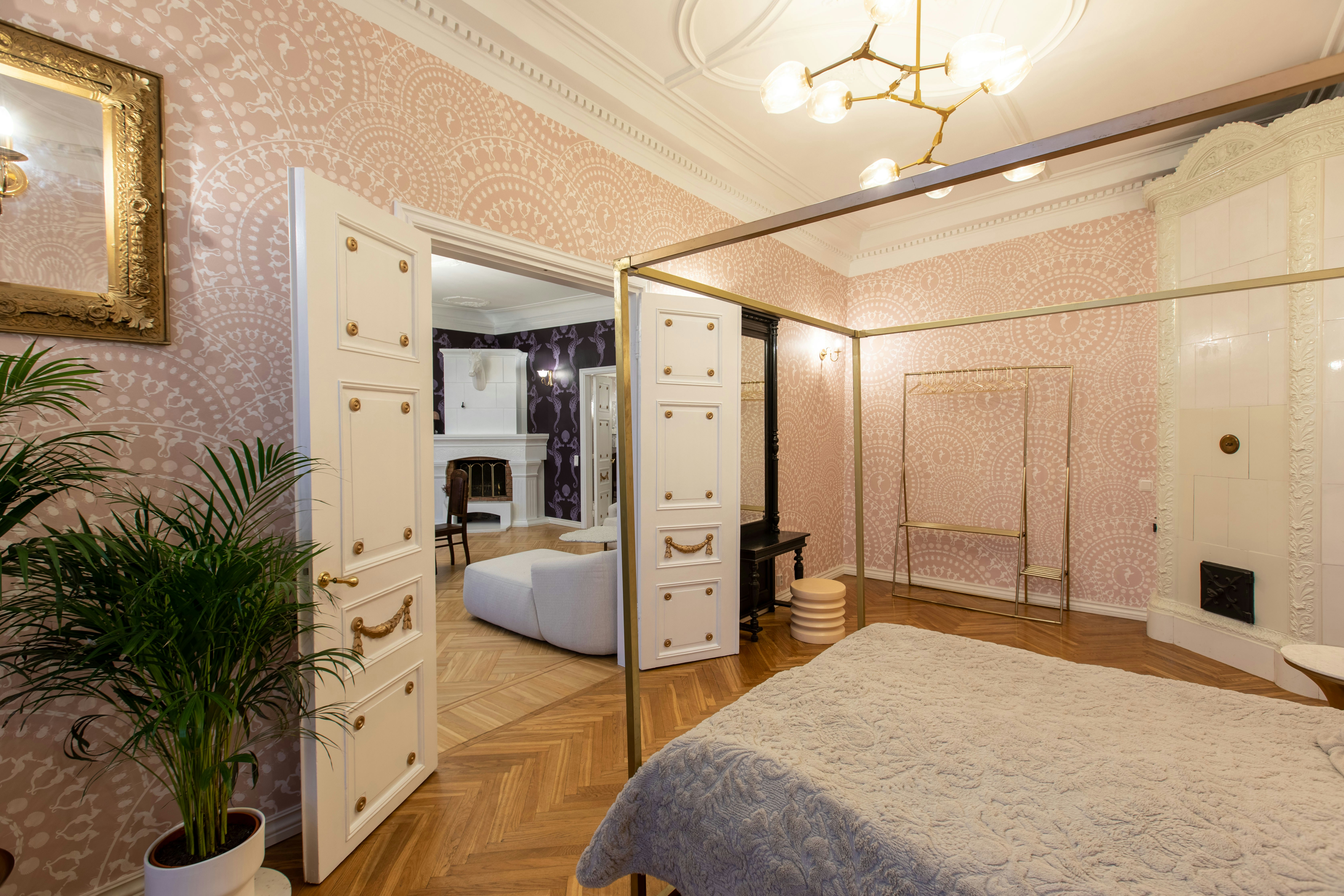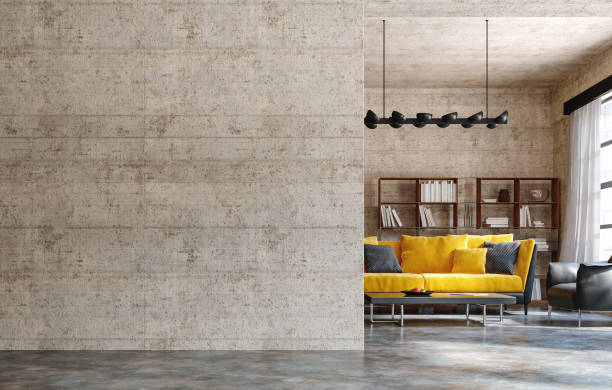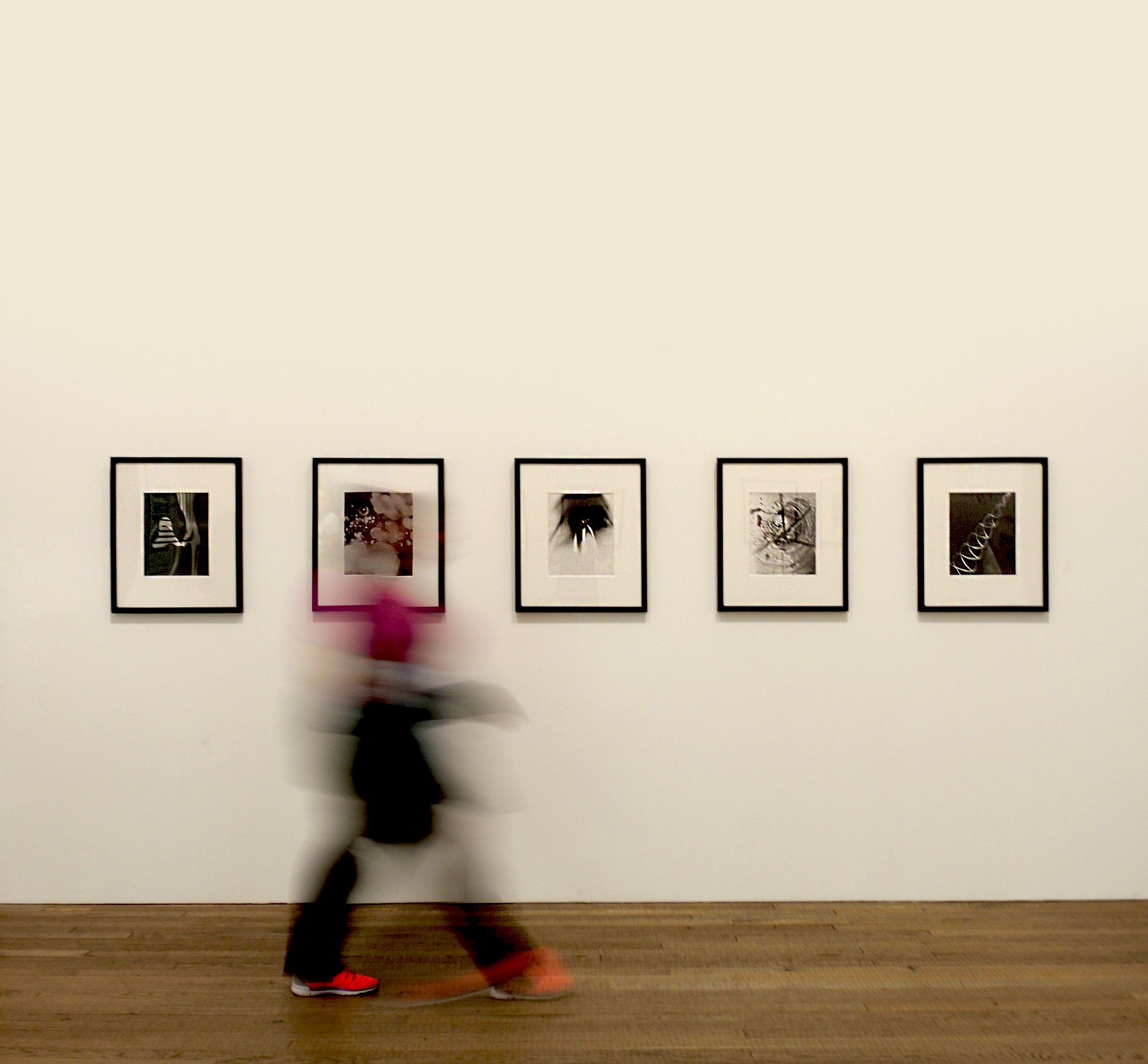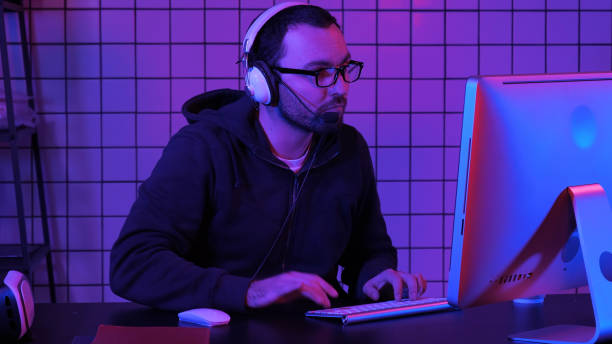"Resurgence of Terrazzo: A Timeless Trend for Modern Homes"
Introduction Delve into the world of Terrazzo, a time-honored material making a big comeback in contemporary home design. Explore its historical roots, practical benefits, and the innovative styling techniques that are cementing its place in modern decor.

A Journey Through Time: The Origins and Evolution of Terrazzo
Terrazzo, an Italian word meaning “terrace,” is a composite material that dates back to the ancient mosaics of Egypt, and it was later adopted by Venetian builders as a low-cost flooring material. Composed of chips of marble, granite, quartz, and glass, these fragments are set in a cementitious base, giving Terrazzo its unique, speckled appearance. For centuries, Terrazzo was largely confined to flooring applications, but its versatility and aesthetic appeal have seen its use expand dramatically in recent years.
Revival of Terrazzo in Modern Design
The resurgence of Terrazzo in contemporary home decor is a testament to its timeless beauty and adaptability. Designers are reinterpreting this ancient material in novel ways, integrating it into countertops, backsplashes, wall treatments, and even furniture. The random, yet harmonious patterns of Terrazzo lend themselves to both bold, statement-making applications and subtle, understated designs.
Practicality and Sustainability: The Advantages of Terrazzo
While Terrazzo’s aesthetic appeal is undeniable, it is its practicality and sustainability that truly sets it apart. It is incredibly durable, resistant to stains, and easy to maintain, qualities that are essential in a busy modern home. Moreover, its production involves recycling waste materials, making it a conscientious choice for environmentally-aware homeowners.
Styling with Terrazzo: Expert Tips and Techniques
Working with Terrazzo requires a thoughtful approach to balance its busy patterns. Experts recommend pairing it with solid colors and simple lines to avoid visual clutter. In minimalist designs, Terrazzo can serve as a striking focal point, whereas in maximalist spaces, it can add an extra layer of complexity and depth.
Market Trends: The Growing Popularity of Terrazzo
The market for Terrazzo has seen consistent growth in recent years, driven by the increasing demand for unique, sustainable, and low-maintenance design materials. Its rise in popularity is reflected in the proliferation of Terrazzo-inspired products, ranging from wallpapers and textiles to dinnerware and lighting fixtures.
Conclusion
The resurgence of Terrazzo in modern home design is a testament to its enduring charm and versatility. Whether you’re a fan of bold, eclectic styles or prefer a more subdued, minimalist aesthetic, Terrazzo offers endless possibilities to create a home that is both stylish and functional.






